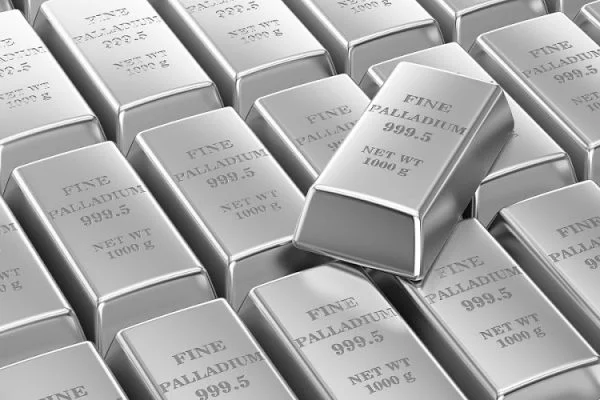For the first time in more than a decade, palladium is rivalling gold in value.
At its current spot price of just over US$1 300/oz, reaching as high as $1 400/oz in January 2018, it has truly become the most precious of the precious metals.
Demand has been primarily driven by the automotive industry through the “demonisation” of diesel engines in Europe.
The resultant growth in small petrol engines and hybrid engines, which are fitted with emission-reducing catalytic converters that require it as a catalyst to control pollution, along with the shift away from diesel engines, has benefitted the material.
According to Michael Jones, the President and CEO of TSX-listed Platinum Group Metals, the developer of the Waterberg palladium-dominant project in South Africa, it has become apparent that the electric vehicle revolution has been a major factor driving demand.
While adoption rates of electric vehicles are expected to increase anywhere between 8 percent and 10 percent by 2023, Jones stresses the importance that at least half of these new electric vehicles will be hybrid electric vehicles as opposed to full electric vehicles and will therefore still require the use of palladium in the catalytic converter.
Moreover, China’s tougher new vehicle emissions standard, the China VI emission standard, released in June 2018, means that cars will require more robust catalytic converters that are able to meet the new emissions legislation – another factor that may require increased palladium during manufacture in order to minimise emissions.
From the 2.2 Moz of palladium estimated to be required in the manufacture of Chinese cars in 2018, palladium demand is estimated to grow to 3.1 Moz by 2020, says BASF.
These figures are not based on the amount of new vehicles, but rather the impact of the change in the standard for emissions which will require increased amounts of palladium in its manufacture to ensure the longevity of the catalyst.
While Jones notes that this may cause car manufacturers to substitute out of palladium back into platinum as a cheaper alternative, it may take several years for this change to come into effect and have a physical impact on the price of palladium.
This being said, palladium is also a much more attractive metal for autocatalysis, particularly in hybrid (petrol) electric vehicles, he adds.
Moreover, with palladium being relatively rare, mined mainly as a by-product of nickel and platinum mining, it may take a while for demand fundamentals to slow should catalytic converter demand slow, says Jones.
Despite weakening automotive sales in key markets, stringent emissions controls are expected to sustain demand as governments seek to improve their emissions targets.
Jones expects this demand to continue well into the foreseeable future due to tight supply. — Mining Review Africa





